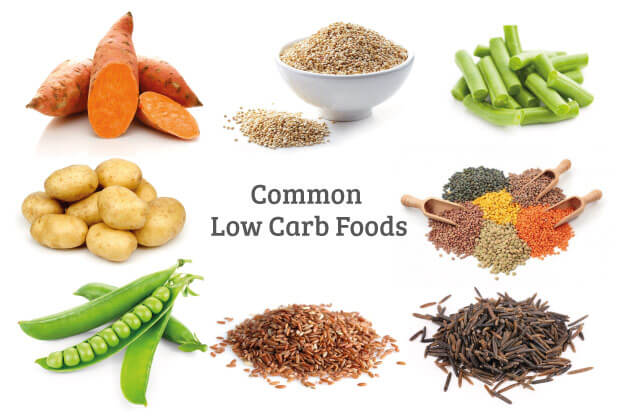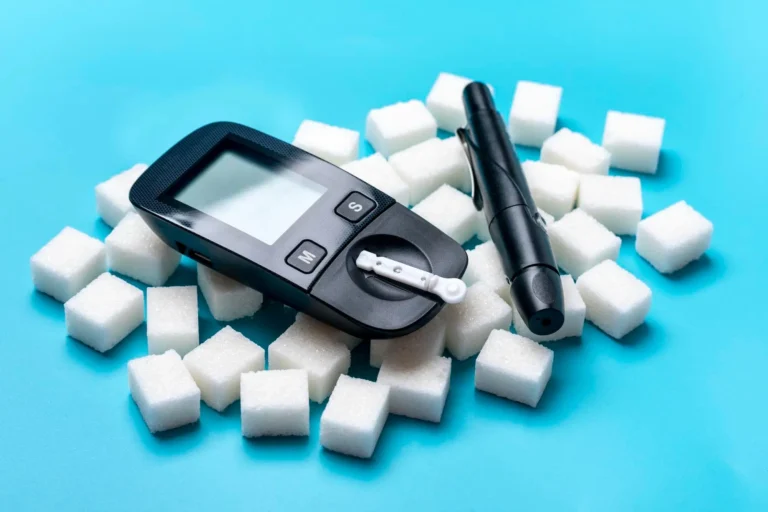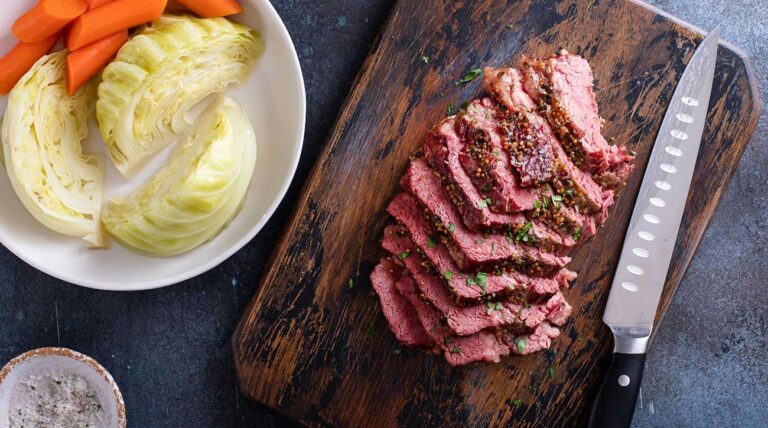Does Shrimp Raise Blood Sugar? A Complete Guide for Diabetics
Shrimp is a popular seafood choice for many health-conscious individuals, and it often raises questions among people with diabetes. One of the most commonly asked concerns is: does shrimp raise blood sugar? The short answer is no—shrimp does not raise blood sugar. But to fully understand why and how shrimp fits into a diabetic-friendly diet, we need to look at its nutritional profile, glycemic index, and health implications for people managing blood sugar levels.
Shrimp is low in carbohydrates, which means it has a minimal effect on blood glucose levels. A 3-ounce serving of shrimp contains around 0 grams of carbs, 18–20 grams of protein, and about 1 gram of fat. It is also an excellent source of vitamins and minerals such as selenium, vitamin B12, iodine, and zinc. Because it doesn’t contain sugar or starch, it doesn’t spike blood glucose, making it a smart protein choice for diabetics.
The glycemic index (GI) of a food measures how much it raises blood sugar levels after eating. Foods with a high GI (above 70) can cause blood sugar spikes, while low-GI foods (below 55) are digested slowly and release glucose more gradually. Shrimp has a glycemic index of zero, since it contains no carbohydrates. This makes it a great addition to meals that aim to keep glucose levels stable.
Protein plays a vital role in managing diabetes. Not only does it provide essential amino acids for muscle maintenance, but it also helps reduce hunger, control appetite, and regulate post-meal glucose levels. Shrimp’s high protein content makes it a valuable food for stabilizing blood sugar and supporting metabolic health.
Despite being high in cholesterol, shrimp is low in saturated fat, which means it doesn’t contribute significantly to heart disease risk. In fact, studies show that dietary cholesterol does not affect blood cholesterol in most people as much as saturated and trans fats do. Shrimp is also rich in omega-3 fatty acids, which are known for their anti-inflammatory properties and cardiovascular benefits—particularly crucial for diabetics, who are at a higher risk for heart disease.
Shrimp’s low-calorie and high-protein profile supports weight loss and blood sugar management. Many individuals with type 2 diabetes are overweight or obese, and including lean proteins like shrimp in the diet can help reduce overall calorie intake while promoting satiety.
How you prepare shrimp can influence its health effects. Grilled, steamed, or sautéed shrimp is ideal for people with diabetes. Avoid breaded or deep-fried shrimp, which often come with added carbohydrates and unhealthy fats. Shrimp cooked with vegetables, herbs, and olive oil provides a nutritious, low-GI meal that supports stable blood sugar levels.
Also read: Understanding Diabetic Foot Pain: Symptoms, Causes, Treatment, and Prevention
Shrimp is not only diabetic-friendly but also offers a versatile canvas for creating flavorful meals. Here are a few ideas:
Grilled shrimp skewers with zucchini, bell peppers, and cherry tomatoes make a nutrient-packed lunch or dinner. Shrimp and avocado salad with olive oil and lemon dressing delivers healthy fats and fiber. Shrimp stir-fry with broccoli, garlic, and low-sodium soy sauce over cauliflower rice keeps carbs low and flavor high. Shrimp lettuce wraps with chopped herbs and a yogurt-based sauce offer a light yet satisfying snack. Shrimp soup with spinach, mushrooms, and a low-sodium broth creates a warm, hearty meal.
While shrimp is safe for most people with diabetes, it’s important to note a few precautions. Some individuals may be allergic to shellfish and should avoid shrimp entirely. Also, watch out for shrimp dishes served at restaurants, as they may include sugary sauces or high-sodium marinades that are less ideal for diabetic diets.
Canned or frozen shrimp can be convenient but check labels for added preservatives, sodium, or sugars. Fresh shrimp is always the best option when possible. Choose wild-caught varieties to avoid contaminants and to ensure better nutrient content.
Shrimp has a high nutrient density, which means it delivers a lot of nutrition for very few calories. This helps meet daily nutrient requirements without adding excessive calories or carbs. It’s rich in antioxidants like astaxanthin, which helps reduce oxidative stress and inflammation—two major concerns for diabetics.
Pairing shrimp with high-fiber foods enhances blood sugar control. Fiber slows digestion and the release of glucose, providing more consistent energy levels. Consider pairing shrimp with quinoa, lentils, leafy greens, or whole grains for balanced meals.
Some people believe that seafood raises uric acid levels, which could potentially contribute to gout. However, moderate shrimp intake is generally safe for most people. If you have both diabetes and gout, consult your doctor before adding shrimp to your diet regularly.
Cooking methods are crucial when incorporating shrimp into a diabetic meal plan. Steaming or grilling preserves the natural nutrients without adding unnecessary fats or sugars. Pan-searing with olive oil and herbs is another delicious, healthy option.
Diabetics must focus not only on blood sugar control but also on preventing complications like heart disease, kidney issues, and nerve damage. Including shrimp in your meal plan provides protein, antioxidants, and omega-3s—all of which help in preventing these long-term complications.
Eating shrimp in moderation is essential. While shrimp is low in calories and carbs, eating it with calorie-dense or carb-heavy sides may still lead to glucose imbalances. Stick to portion-controlled meals and pair shrimp with plenty of non-starchy vegetables.
Meal planning is vital for diabetes management. Incorporating shrimp into a weekly menu can bring variety and flavor while supporting glucose control. Use shrimp in stir-fries, tacos, pasta alternatives, or soups for a rich, satisfying meal.
Shrimp is also an ideal post-workout meal option. After exercise, your body needs protein to repair muscles. Since shrimp doesn’t raise blood sugar, it’s a great protein choice to support recovery without causing insulin spikes.
Shrimp works well in diabetic meal plans that follow popular dietary styles such as the Mediterranean diet, DASH diet, and low-carb plans. Each of these emphasizes lean proteins, vegetables, and healthy fats—all of which complement shrimp’s nutritional profile.
Including shrimp in meal prep can save time and help you stick to your health goals. Pre-cooked shrimp can be added to salads, wraps, or grain bowls throughout the week, making healthy eating more convenient.
FAQs
1. Does shrimp raise blood sugar?
No, shrimp does not raise blood sugar because it contains no carbohydrates.
2. Is shrimp a good protein for diabetics?
Yes, shrimp is an excellent source of lean protein and is low in fat and calories.
3. What is the glycemic index of shrimp?
Shrimp has a glycemic index of zero, as it contains no carbs.
4. Can I eat shrimp if I have both diabetes and high cholesterol?
Yes, but in moderation. Shrimp is high in cholesterol but low in saturated fat, making it safe for most people.
5. How should I cook shrimp for a diabetic-friendly meal?
Grilling, steaming, or sautéing with olive oil and herbs is best. Avoid deep frying or sugary sauces.
6. Are frozen or canned shrimp okay for diabetics?
Yes, but check for added sodium or preservatives. Choose fresh or wild-caught when possible.
7. How often can diabetics eat shrimp?
2–3 servings per week is generally safe and beneficial.
8. Can shrimp help with weight loss in diabetics?
Yes, it’s low in calories and high in protein, which helps with satiety and weight management.
9. Are there any risks to eating shrimp for diabetics?
Only for those with shellfish allergies or sensitivity to cholesterol. Always consult your doctor.
10. What are some good side dishes to eat with shrimp?
Non-starchy vegetables, whole grains like quinoa, or high-fiber legumes are great options to pair with shrimp.






